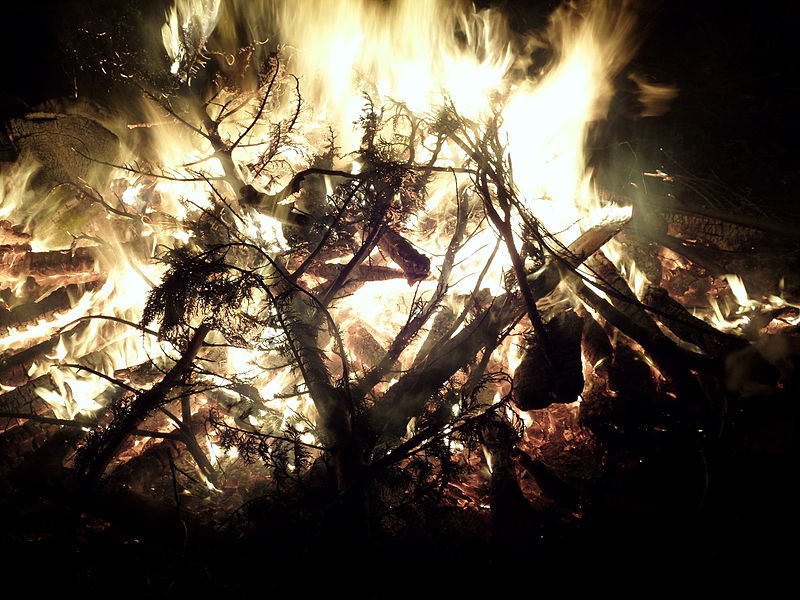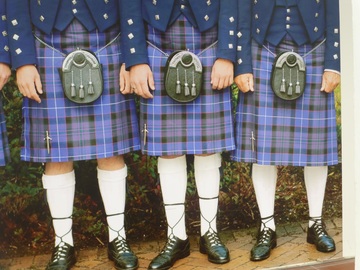There are many things that fall into Scottish traditions, not least of which are the kilt and the bagpipes. We’ve compiled this list of traditions and customs for those who wish to learn more about the highlanders.
Hogmanay Traditions
Hogmanay is a Scottish holiday that falls on New Year’s Eve. The Scotts are hardly the only people with their own unique customs during this time, but this piece is dedicated to them, so here we go.
Midnight Party
In other parts of the world, you have a party, wait for midnight, congratulate your friends, and, depending on your stamina, you likely go home and sleep in a little. Not here, though. In Scotland, the party starts at midnight. People form a circle, cross their arms while holding hands with others, and sing ‘Auld Lang Syne’, meaning ‘old time, since’ or, more in the spirit of English language, ‘long, long ago’. When the song ends, the people close in on the center of the circle and recreate it again, this time facing outwards. It symbolizes the endings and new beginnings.

First Footing
Many cultures have the custom of first footing and Scotland is no different. Here, the tradition is for the dark-haired man or boy with coal, bread, and whiskey to come into the house first. This ensures good luck and prosperity for the household. Interestingly enough, here it’s bad luck for a woman to cross the threshold first, especially if she is blonde or red-haired.
Burns Supper
Every January 25th, the Scotts celebrate the life and legacy of Robert Burns, a Scottish poet from the 18th century. The businesses are open and no-one gets a day off, but that doesn’t stop the people from enjoying a feast with haggis and whiskey while reciting his poems. Again, much like during Hogmanay, people come together at the end of the evening to sing ‘Auld Lang Syne’, which was written by Burns.

Kilts
Kilts are a traditional part of Scottish attire, though they have been worn by others for several thousand years. Kilts appeared in Scotland in the 16th century and the tartan pattern is what gives the Scottish kilt distinction from others. The tartan pattern is a way of telling a story about clans and regions of Scotland where a particular clan is from.
Bagpipes
This, too, was an item from the past that the Scotts made their own. The Scottish bagpipe, or the Great Highland bagpipe, has been around since the 14th century. The bagpipes were so integrated into the Scottish culture that King George II tried to weaken the Scottish independence by banning them. It wasn’t until WWII that the bagpipes resurfaced and they have been a part of military ceremonies ever since.

Highland Games
Last, but not least, on our list are the Highland Games. This is a set of Scottish games like tossing the caber and weight for height where the participants show off their strength. They are held every spring and summer, though Cowal Games take place in August. Of course, bagpipes are present, there is music, dancing, and food, and every participant wears a kilt.

